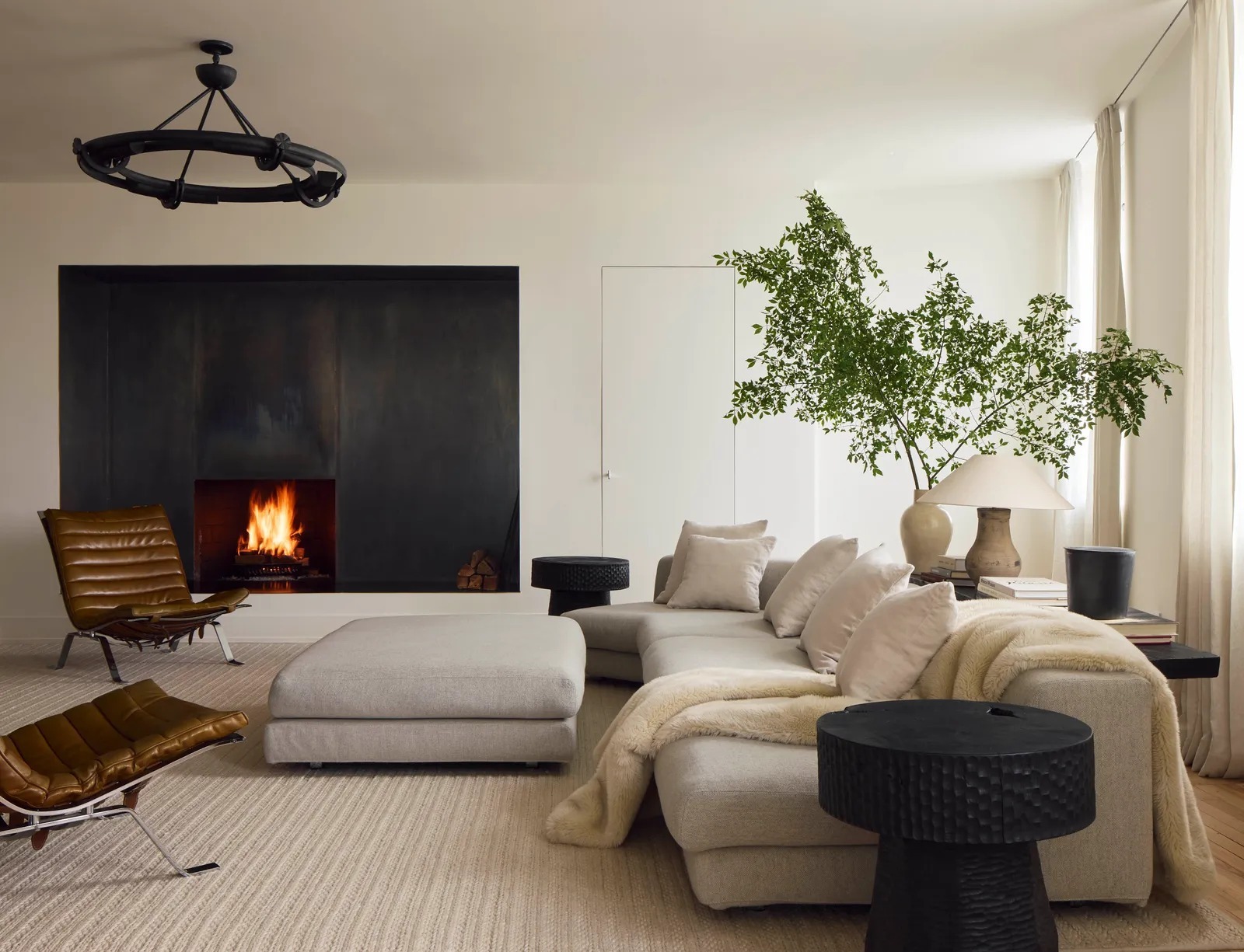
As a good design practice, lighting is undoubtedly one of the most powerful tools. Thoughtfully planned lighting can enhance colors, highlight textures, and set a mood that enlightens a space. At Hanna Li Interiors, we believe that understanding and curating “light play” is essential to creating a warm, dynamic, and inviting home. Here’s a look at why light play matters and how you can incorporate more of these elements into your own home.
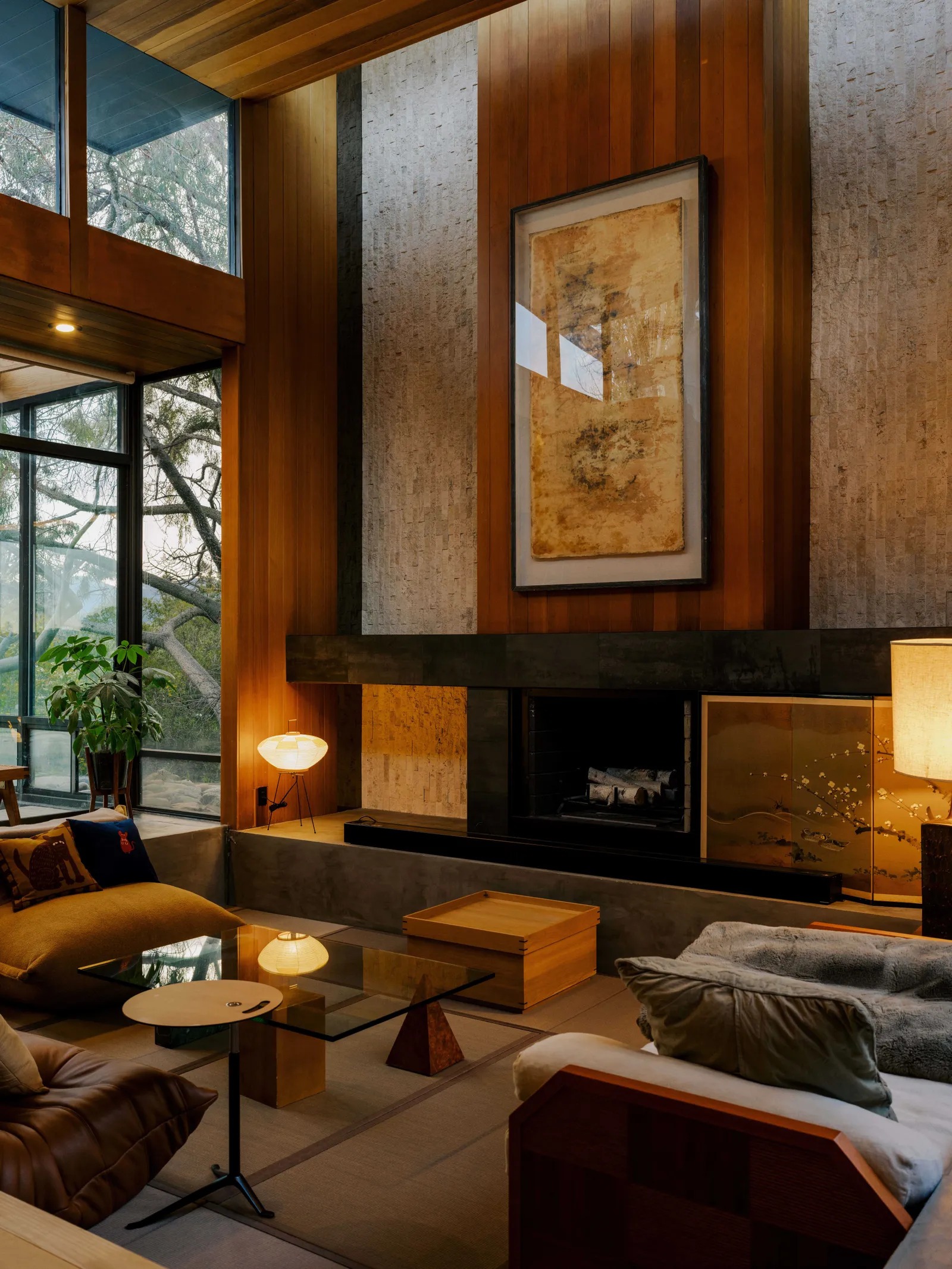
Layered Lighting: Creating Versatility
Creating a vibe in a room is all about layering light as well. Layered lighting combines three types of light—ambient, task, and accent—to create visual interest and versatility. Ambient lighting provides general way-finding, task lighting focuses on specific activities, and accent lighting highlights special features like artwork or architectural details.
Layering light gives you the freedom to adjust the feel of a room to suit different occasions. For example, dimmable overhead lights create a bright, functional space during the day and can be softened in the evening for a cozy, intimate feel. At our practice, we guide clients on how to balance these different lighting layers to suit their lifestyle and to highlight the best features in every room.
Beauty of Natural Light in Interior Design
Natural light is more than just a source of illumination & plant food—it’s a design element that breathes vibrancy and life to a room. When natural light is maximized, it creates an airy, open feel that no artificial light can replicate. We often work with clients to harness sunlight by building strategically placed windows, mirrors, and light-colored surfaces that reflect and magnify natural light. The goal is to make spaces feel fresh and full of energy.
In fact, natural light has proven benefits for well-being, enhancing mood and productivity. To make the most of natural light, consider design features like large windows, open layouts, and light-filtering fabrics that allow ample light to flow through in common areas.
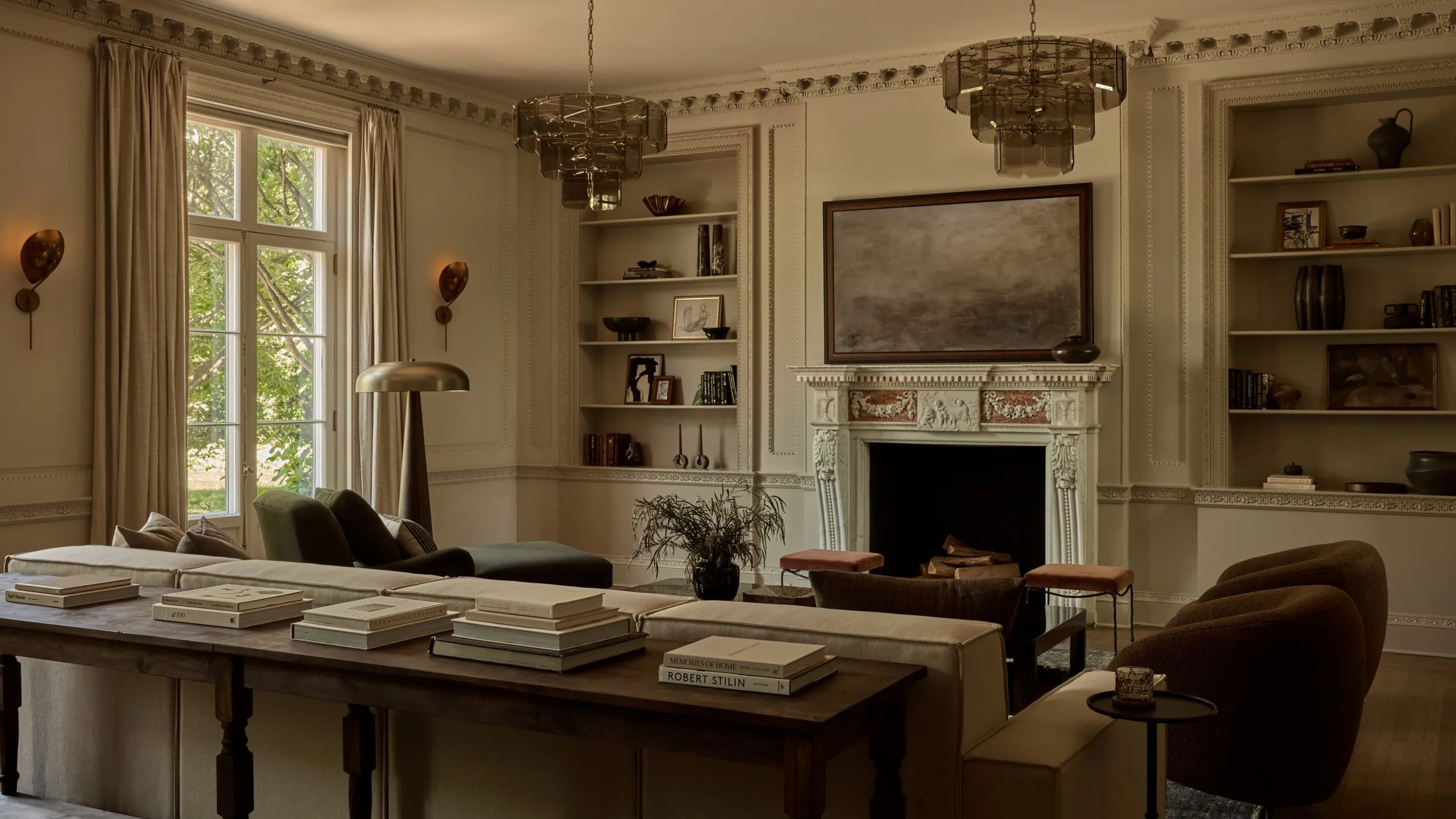
Reflective Surfaces: Amplifying Light & Depth
Incorporating reflective surfaces—like mirrors, polished metals, or glass—helps maximize light and can even make a space feel larger. Mirrors, for instance, can double the perceived natural light in a room, making it feel more open and welcoming. By placing mirrors across from windows or using glass fixtures, you enhance both natural and artificial light, bringing a sense of depth and easy sophistication.
Reflective surfaces also add a touch of extravagance and quiet luxury without being too loud, making them ideal for small spaces or rooms that need a little more visual interest.
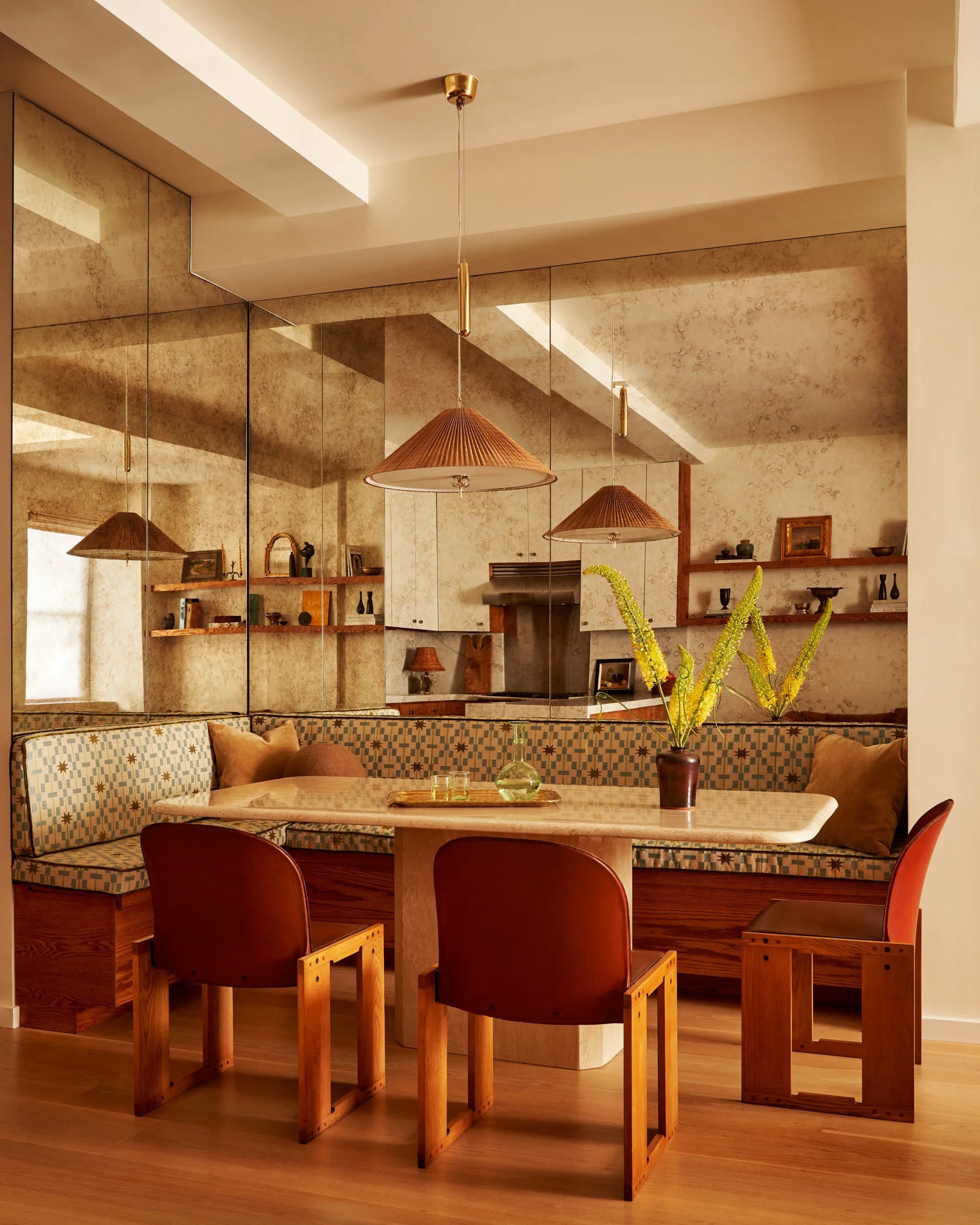
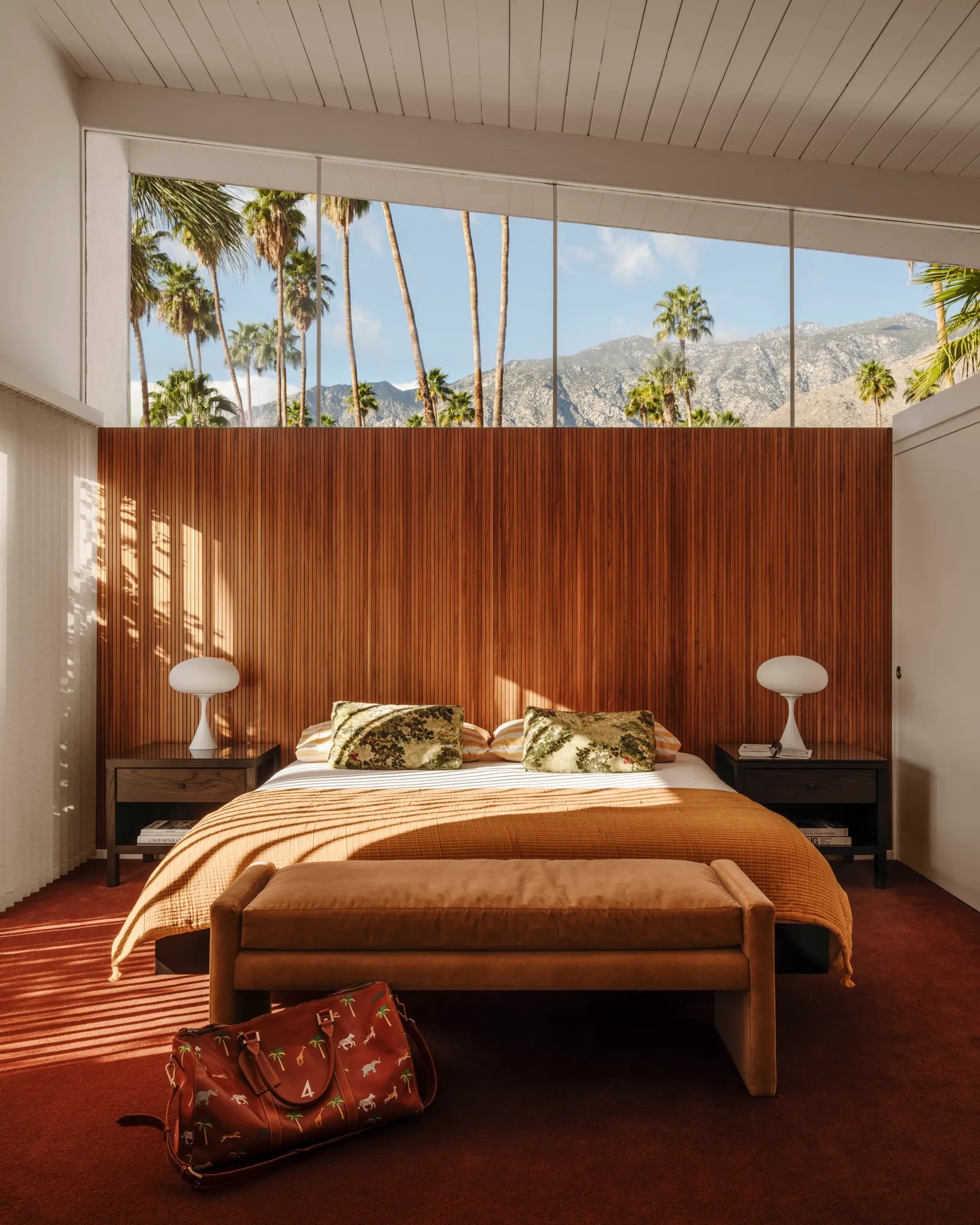
The Play of Light and Shadow: Adding Intrigue and Character
While lighting itself is essential, shadows are just as important in creating mood and intrigue. When light interacts with textures and shapes, it casts subtle shadows that make a space feel much more dynamic. A single pendant light over a dining table or a window with delicate blinds can create beautiful, layered shadows that make a room feel less “flat”.
When evaluating an empty room, we focus on these details by incorporating design elements like textured walls, layered ceilings, furniture shapes, or artistic lighting fixtures that cast unique shadows. These shadows add warmth and interest, making a room feel rich and multidimensional.
To read more of our design content, please visit our Journal Page.